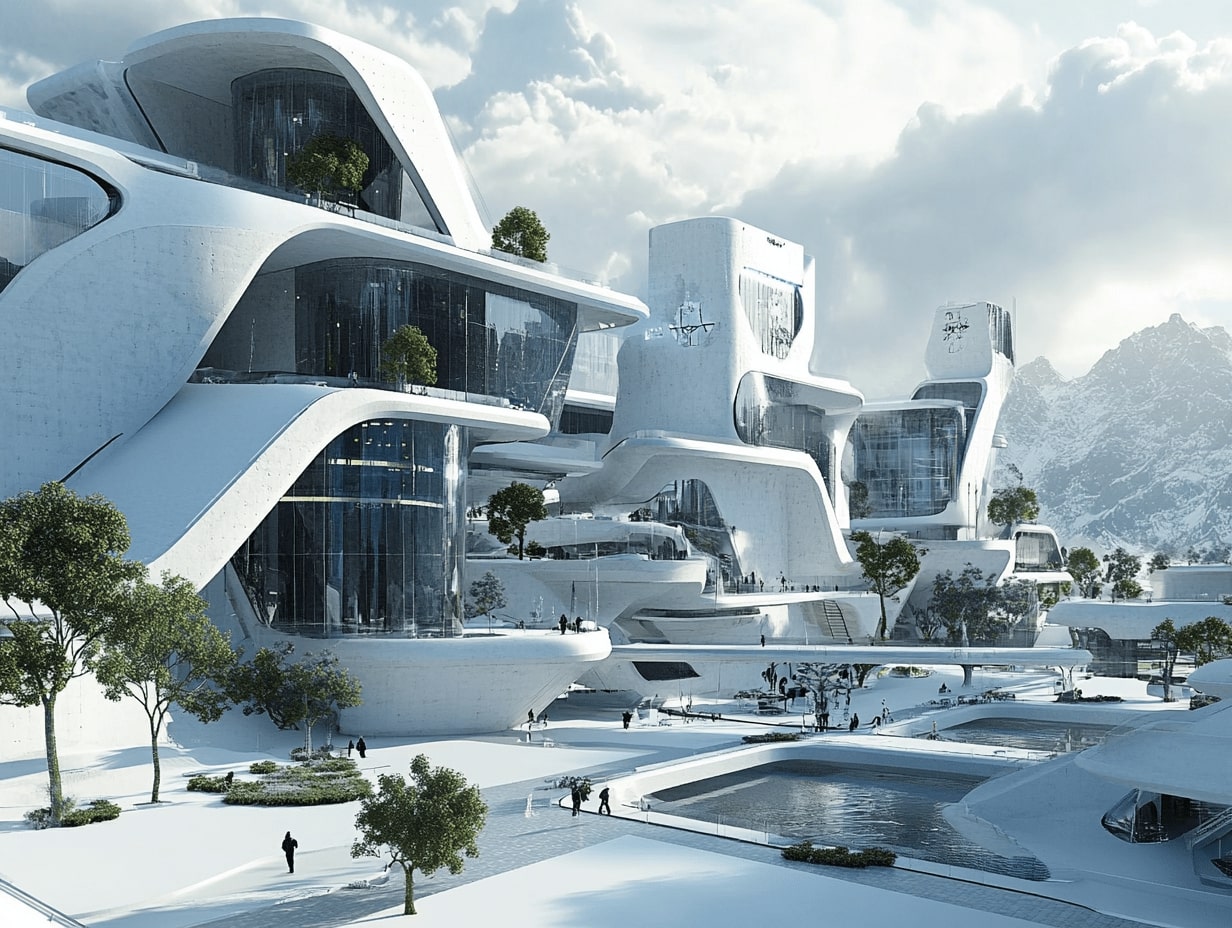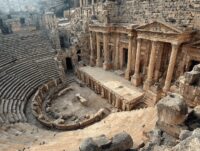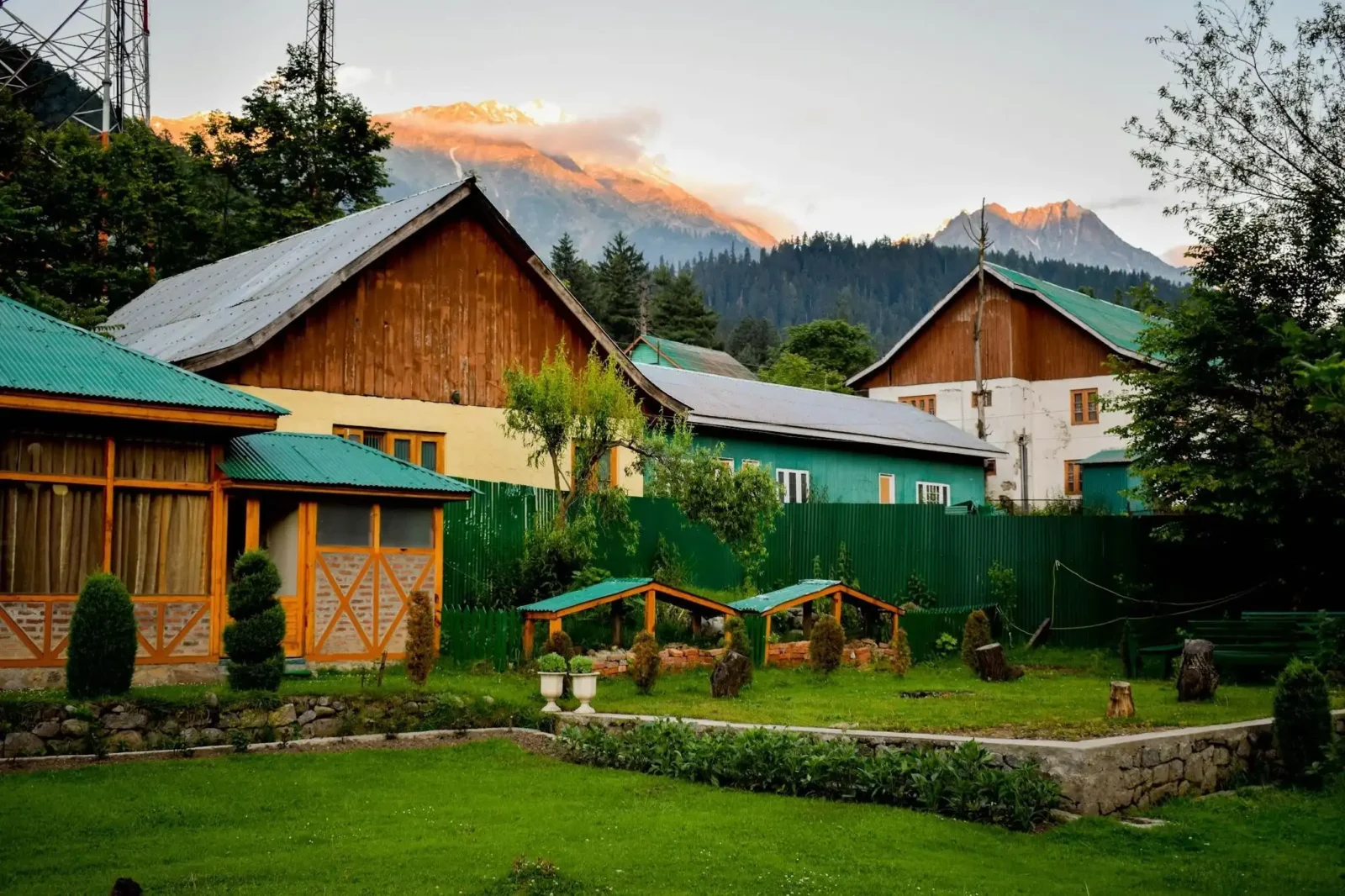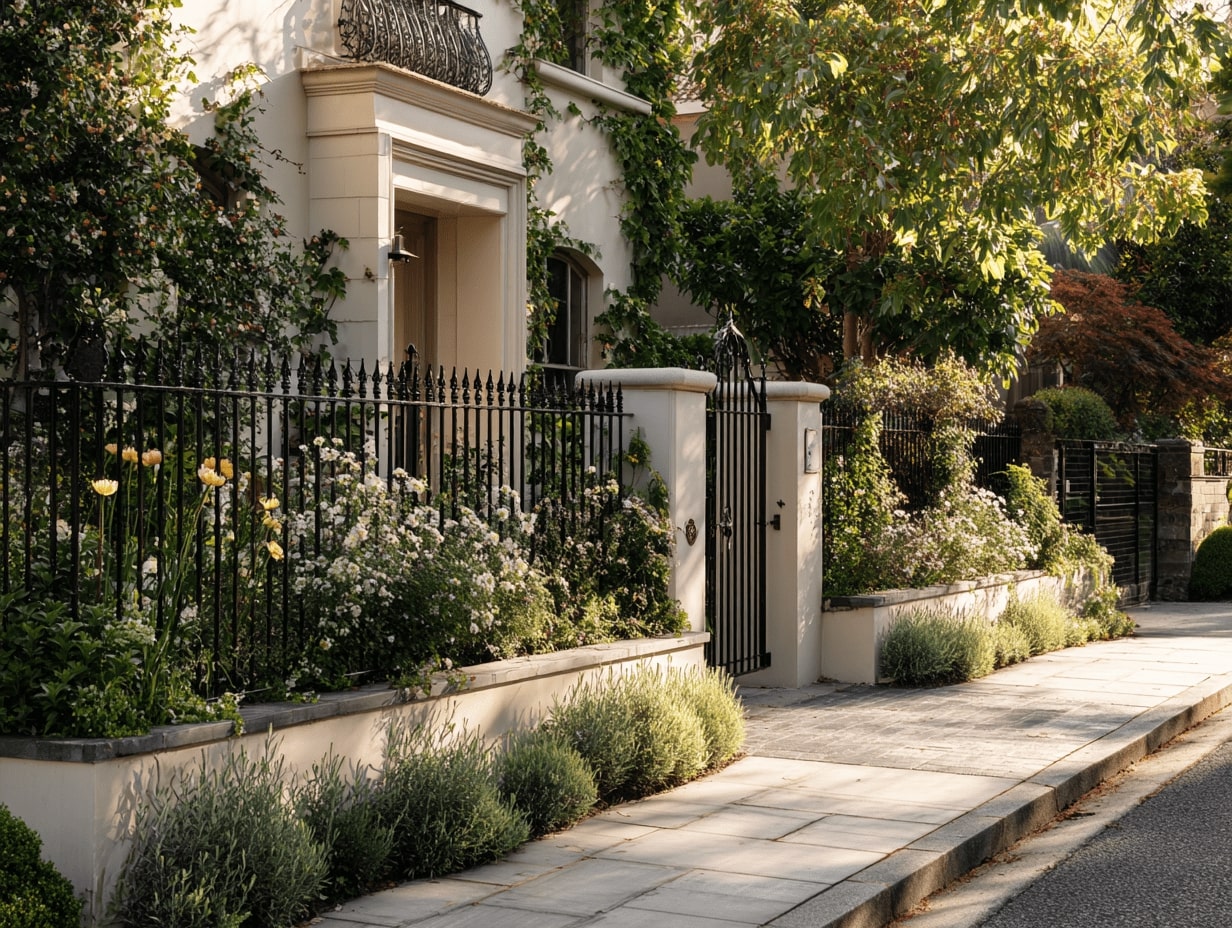- Home
- Articles
- Architectural Portfolio
- Architectral Presentation
- Inspirational Stories
- Architecture News
- Visualization
- BIM Industry
- Facade Design
- Parametric Design
- Career
- Landscape Architecture
- Construction
- Artificial Intelligence
- Sketching
- Design Softwares
- Diagrams
- Writing
- Architectural Tips
- Sustainability
- Courses
- Concept
- Technology
- History & Heritage
- Future of Architecture
- Guides & How-To
- Projects
- Interior Design
- Competitions
- Jobs
- Store
- Tools
- More
- Home
- Articles
- Architectural Portfolio
- Architectral Presentation
- Inspirational Stories
- Architecture News
- Visualization
- BIM Industry
- Facade Design
- Parametric Design
- Career
- Landscape Architecture
- Construction
- Artificial Intelligence
- Sketching
- Design Softwares
- Diagrams
- Writing
- Architectural Tips
- Sustainability
- Courses
- Concept
- Technology
- History & Heritage
- Future of Architecture
- Guides & How-To
- Projects
- Interior Design
- Competitions
- Jobs
- Store
- Tools
- More
Top Architecture Concepts for Urban Design: Creating Sustainable and Vibrant Cities
Explore cutting-edge urban architecture concepts that blend functionality with aesthetics to shape sustainable, vibrant cities. Dive into innovative designs like green infrastructure, smart technologies, and mixed-use developments, as illustrated by transformative projects like New York's High Line and Abu Dhabi's Masdar City.

In our rapidly evolving cities, urban design plays a crucial role in shaping the environments where we live, work, and play. As we face growing challenges like population density and environmental sustainability, innovative architecture concepts are more essential than ever. These ideas not only transform our skylines but also enhance our quality of life.
Let’s explore some of the best architecture concepts that are redefining urban landscapes. From green spaces that breathe life into concrete jungles to smart technologies that optimize energy use, these designs are paving the way for a more sustainable future. As we delve into these concepts, we’ll discover how they blend functionality with aesthetics, creating spaces that are both beautiful and efficient.
By examining these cutting-edge ideas, we can gain insights into how urban design can adapt to meet the needs of modern society. Together, let’s uncover the potential these concepts hold for crafting vibrant, sustainable cities.

Table of Contents
ToggleUnderstanding Urban Design
Urban design focuses on arranging physical spaces to address challenges like population density and sustainability, ensuring the creation of vibrant cities. We recognize the importance of urban design as it integrates architecture, landscape architecture, and city planning. Each element plays a significant role in shaping the urban environment, considering factors like transportation, public spaces, and infrastructure.
Key aspects of urban design include aesthetics, functionality, and sustainability. Aesthetics enhance city identity through visually appealing structures. Functionality ensures buildings and spaces fulfill the needs of residents and businesses. Sustainability incorporates environmentally friendly practices, promoting long-term ecological balance.
Urban design embraces concepts like mixed-use developments, where residential, commercial, and recreational areas coexist. This design encourages walkability and reduces reliance on transportation. Additionally, smart technologies integrate seamlessly to improve resource management and decision-making. Understanding urban design involves recognizing these interconnected components that contribute to successful urban transformation.
Key Principles of Urban Architecture
Urban architecture relies on foundational principles to enhance city living. These principles ensure urban environments are sustainable, accessible, and aesthetically pleasing.
Sustainability
Sustainability remains crucial in urban architecture. Green buildings, renewable energy sources, and efficient water management systems reflect this principle. Incorporating vertical gardens and green roofs supports environmental health and reduces urban heat. We emphasize resource-efficient materials and designs that require minimal energy for operation and maintenance.
Accessibility
Accessibility in urban architecture ensures that everyone can navigate and enjoy urban spaces. It’s essential to create environments accommodating all, including people with disabilities. We integrate wide sidewalks, barrier-free entrances, and clear signage to achieve this. Public transport connections and walkability foster inclusive and cohesive communities.
Aesthetics
Aesthetics play a vital role in urban architecture, contributing to a city’s unique character and identity. Thoughtful design choices in building facades, public art installations, and landscaped public spaces enhance visual appeal. We consider cultural, historical, and local influences to create harmonious and vibrant urban environments.

Innovative Concepts in Urban Design
Urban design continually evolves, integrating cutting-edge ideas to enhance city living. Key innovations revolutionize the way we approach urban spaces.
Mixed-Use Developments
Mixed-use developments significantly impact urban design by blending residential, commercial, and recreational spaces. These areas reduce the need for extensive commutes, encouraging walking and cycling. For instance, inner-city developments often combine shopping centers with apartments, promoting convenience and connectivity. By fostering community engagement, these integrated spaces support local economies and enhance livability.
Green Infrastructure
Green infrastructure transforms urban environments, promoting sustainability through nature-based solutions. This includes green roofs and walls, which improve air quality and insulation. Urban parks and rain gardens manage stormwater runoff while providing habitats for wildlife. Cities like Singapore illustrate this approach with extensive urban greenery that seamlessly integrates with skyscrapers, reducing heat island effects. As urbanization increases, incorporating natural elements becomes essential in creating resilient and eco-friendly urban areas.
Technology and Urban Architecture
Technology and urban architecture are shaping the cities of tomorrow. By integrating advanced tech solutions, urban design becomes more efficient and sustainable.
Smart Cities
Smart cities use technology to enhance urban living. They rely on interconnected systems to improve everything from traffic management to energy consumption. For example, sensors monitor air quality, while smart grids optimize energy use. In Barcelona, smart parking solutions reduce congestion, demonstrating the tangible benefits of tech-driven urban spaces. As we design cities, incorporating smart technology ensures an adaptable and efficient urban environment.
Digital Twins
Digital twins revolutionize how we plan urban areas. By creating virtual models of cities, we can simulate scenarios and predict outcomes. These models assist in decision-making, helping us optimize infrastructure, resources, and urban growth. In Singapore, digital twins aid in flood management and urban planning. Through precise data analytics, cities achieve resilience and intelligent design, addressing future challenges effectively.

Case Studies of Successful Urban Projects
Examining successful urban projects provides insights into effective architecture concepts in urban design. Through case studies, we explore transformative projects that demonstrate innovative solutions to urban challenges.
The High Line, New York City
The High Line in New York City showcases adaptive reuse through urban green space. Originally an elevated rail line, it’s transformed into a linear park that weaves nature into the city’s fabric. Designers prioritized integrating greenery and public art, enhancing biodiversity and community connection. As a model of sustainable urban redevelopment, the High Line fosters social, economic, and environmental benefits, encouraging pedestrian engagement and reducing urban heat effects.
Masdar City, Abu Dhabi
Masdar City in Abu Dhabi exemplifies sustainable urban planning and renewable energy utilization. Conceived as a zero-carbon city, it’s powered predominantly by solar energy, with its architecture promoting natural cooling through innovative design. The city’s layout maximizes energy efficiency using narrow streets and shaded pathways to moderate temperatures and reduce energy consumption. This project illustrates the potential of integrating technology and sustainability, offering a blueprint for future urban developments aimed at minimizing ecological impact while enhancing quality of life.

Challenges and Future Trends
Urban design faces significant challenges due to rapid urbanization and climate change. As cities grow, they encounter issues like traffic congestion, housing shortages, and limited green spaces. Many urban areas struggle to balance development with environmental sustainability, leading to increased pollution and resource depletion. Additionally, social inequality often impacts access to amenities and livable conditions for diverse populations.
Future trends in urban design focus on sustainable and resilient solutions to these challenges. Smart technologies continue to revolutionize how we approach urban planning, from real-time data-driven decision-making to enhanced infrastructure management. Our cities increasingly incorporate nature-based solutions, such as green corridors and urban forests, promoting biodiversity and ecological balance.
Mixed-use developments become more prevalent as they improve accessibility and reduce commuting emissions. Automation and artificial intelligence offer new possibilities for efficient city management, while advanced materials and construction methods enhance building sustainability. Looking ahead, we anticipate greater emphasis on community-driven initiatives and participatory planning processes, ensuring urban spaces meet the evolving needs of all residents.
Conclusion
Examining transformative architecture concepts for urban design reveals innovative solutions to modern challenges like sustainability, accessibility, and community engagement. Concepts such as smart cities, green infrastructure, and mixed-use developments offer blueprints for vibrant urban environments. Case studies like New York’s High Line and Abu Dhabi’s Masdar City demonstrate the successful integration of these ideas. As urbanization continues to rise, prioritizing environmentally friendly and inclusive practices remains essential. Embracing these principles helps cities address current issues while shaping a resilient future.
- architecture companies for urban projects
- contemporary urban design concepts
- efficient urban architecture
- green urban design architecture
- high-density urban design.
- innovative urban architecture
- landscape architecture urban design
- modern urban design solutions
- smart city architecture design
- sustainable urban architecture
- top urban architecture firms
- Urban design architecture
- urban design consultancy
- urban planning and design
- urban revitalization architecture
Submit your architectural projects
Follow these steps for submission your project. Submission FormLatest Posts
What You Really Need to Create a Beautiful Yard
A beautiful yard is more than just an outdoor space, it’s a...
The Architecture of Borders: Walls, Gates, and the Spaces They Shape
Explore the architecture of borders—walls and gates—from ancient fortifications to smart checkpoints....
How to Choose the Right LED Grow Light for Your Indoor Garden
For indoor growers, it can be the difference between healthy, vibrant plants...
Key Strategies Behind Effective Landscaping Company Marketing
The landscaping industry thrives on creativity, precision, and customer trust. While strong...












Leave a comment